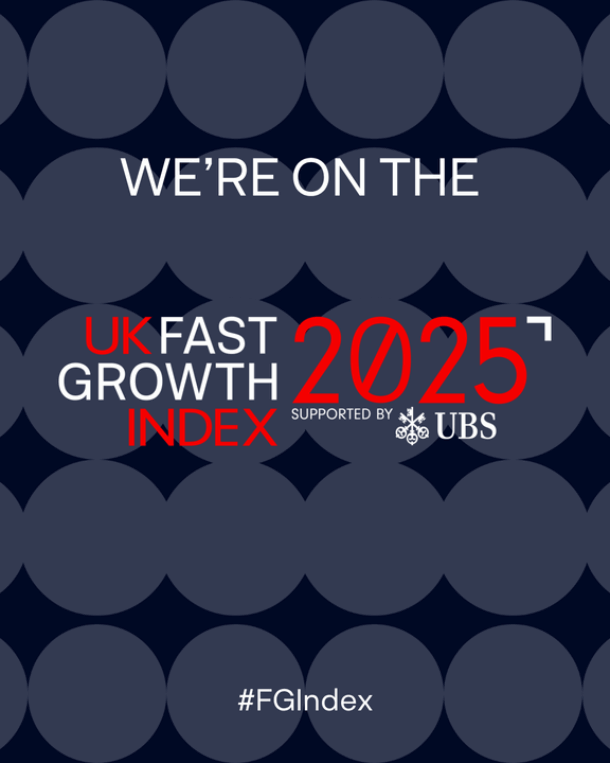By Haydn Thomas, CEO, Cornerstone Finance Group
The Opportunity in Regulated Bridging
Within the Cornerstone Network we currently have around 270 mortgage advisers. Of those, only about 10% are currently securing regulated bridging solutions for their clients. That figure should make advisers sit up and take notice – not because it’s a cause for alarm, but because it shows the scale of the opportunity.
Launching a Dedicated Bridging Panel
We’ve recently launched a regulated bridging panel that brings together lenders we believe cover the majority of the market, along with a straightforward application process for advisers to access them. At the moment, 30 to 35 of our advisers are registered on the panel. That number will grow, but it’s clear there is a huge untapped potential for advisers to upskill in this area.
Why Bridging Is Different
Bridging is different from a traditional mortgage. While most mortgage products can now be sourced and processed digitally, bridging requires tailored advice and a close relationship with the client. It’s about understanding their circumstances in depth, identifying the right solution, and guiding them through a process that often has more moving parts and tighter timelines.
Busting the Myth: Bridging as a Last Resort
One of the misconceptions about bridging is that it is expensive and should only be considered as a last resort. In reality, there are many situations where it’s not just useful but essential. Downsizing is a good example, and it’s becoming increasingly common.
A Real-Life Example
I was recently discussing a case involving a 75-year-old woman who wanted to downsize to a £750,000 new build. The broker acting on behalf of the estate agent declined to help her because of her age and an assumption that she wouldn’t qualify for a mortgage. He didn’t ask where she was living or what her existing property was worth. In fact, she owned her home outright, valued at £2.2 million. In that situation, a bridging loan was an obvious and straightforward solution. Fortunately, another adviser stepped in, arranged the finance, and she was able to secure the property she wanted.
The Difference Between Brokers and Advisers
The point is simple – unless bridging is in your toolkit, you can’t offer it. And if you can’t offer it, you risk missing opportunities to give your client the best possible outcome. For me, this ties into the distinction between being a broker and being an adviser. A broker is transactional – focused on a single deal. An adviser builds a long-term relationship, offering solutions that meet the client’s needs at every stage of their journey. Regulated bridging is part of that wider, relationship-driven approach.
Training and Support for Advisers
We’ve made it easy for our advisers to get up to speed. We’ve worked with lenders on our panel to create high-quality training, recorded and available on our in-house portal. To have access to the panel, advisers need to complete that training and confirm they understand it. We also run live sessions every Friday, and our team is always on hand to answer questions.
The Call to Action for Advisers
My message to advisers is to take advantage of the resources available. Try it. Complete the training. Speak to lenders and to other advisers who have used bridging successfully. By adding this product to your kitbag, you’re equipping yourself to deliver real value to clients – and in doing so, you strengthen your own business. The more solutions you can offer, the deeper the client relationship becomes, and the more robust your portfolio will be over the long term.

Cornerstone Podcast Series
Haydn talks about this and more in the Cornerstone Finance Group podcast episode Supporting Home Moves with Regulated Bridging.






